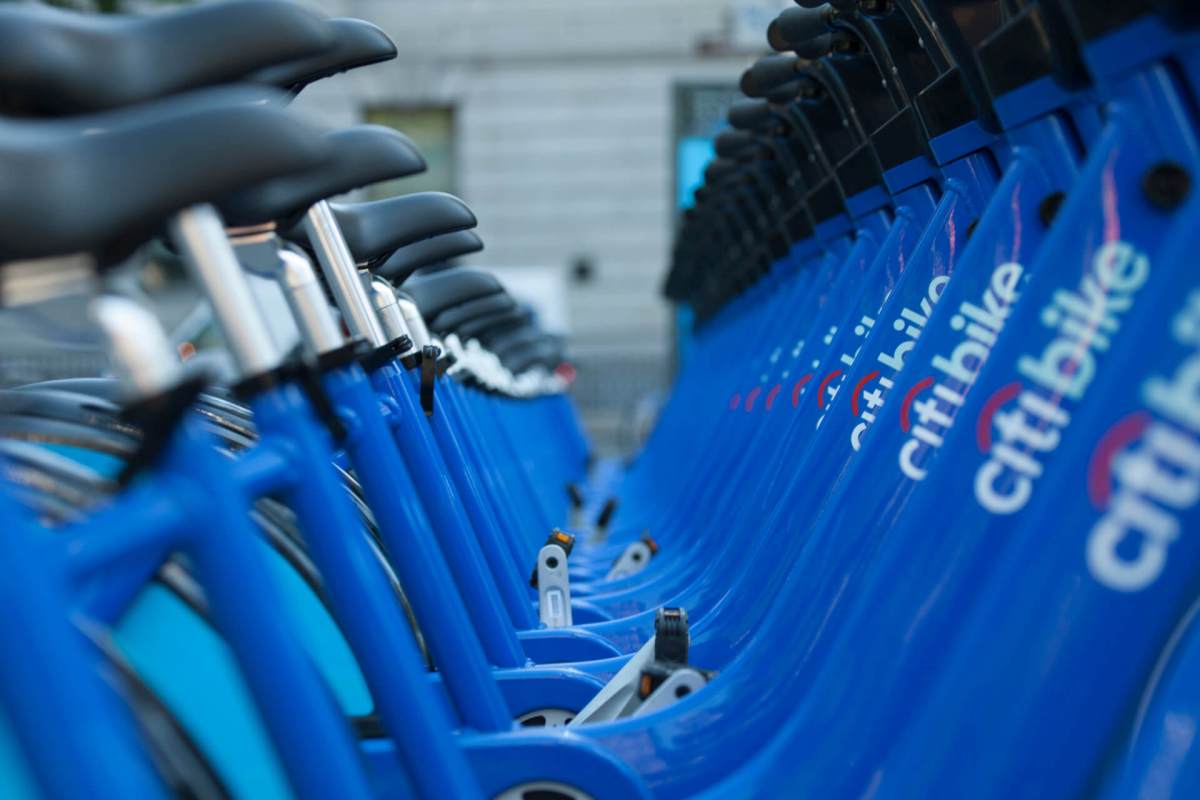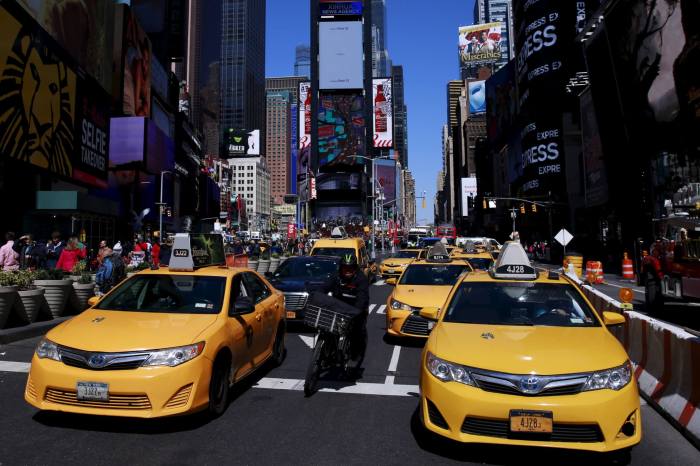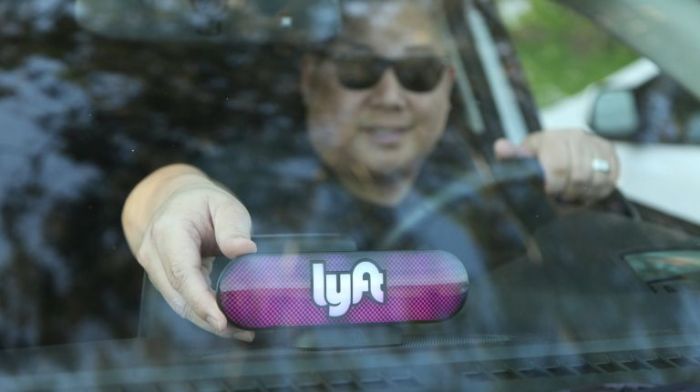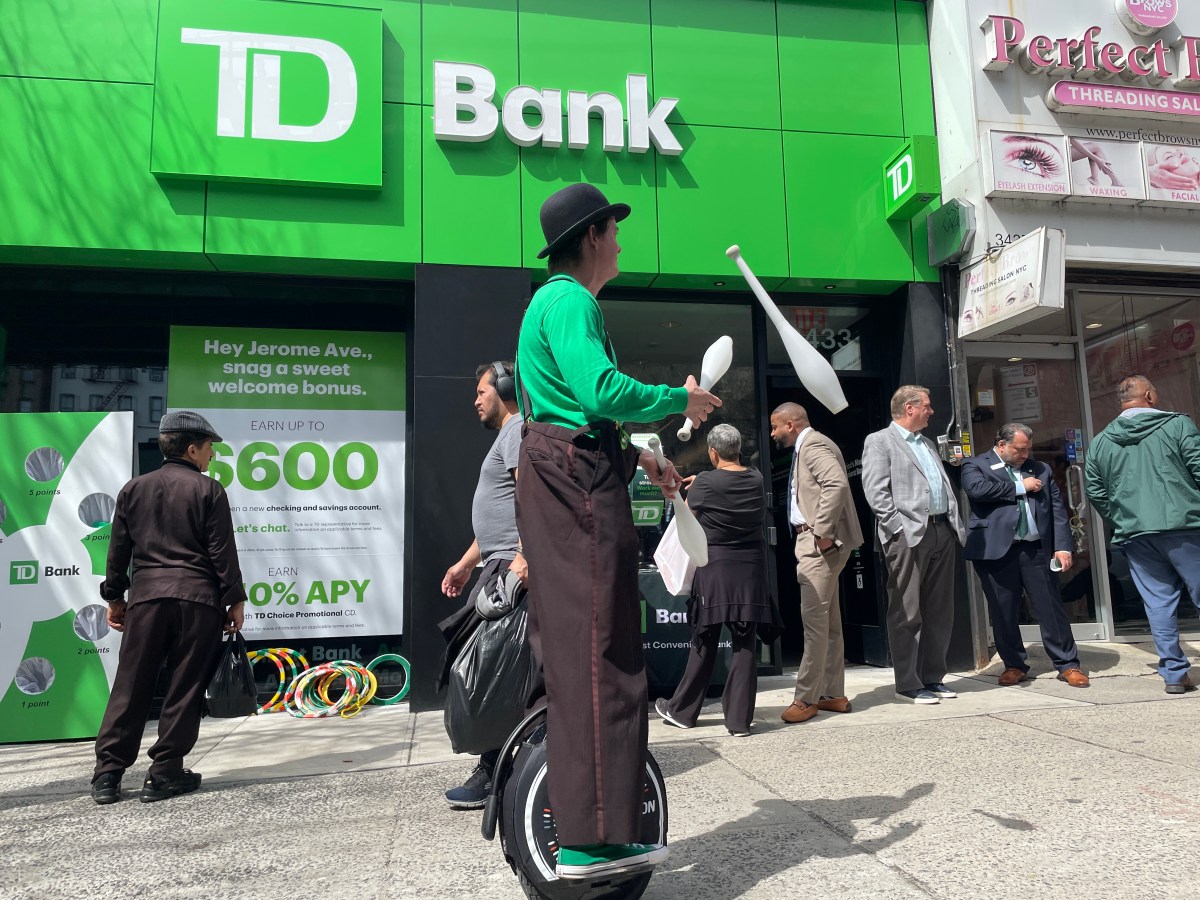The city should allow more bike sharing companies in the Five Boroughs to fill gaps in neighborhoods without the widely popular Citi Bike system, two lawmakers said Thursday.
Brooklyn Councilmember Justin Brannan lamented that the nearly-decade-old program has been too slow to expand to parts of the city like his district in Bay Ridge.
“I think it would be great to see some other bike share companies being allowed to set up here,” Brannan said during a May 12 Council budget hearing on transportation. “Certainly in areas like mine where we’ve basically gotten to the doorstep of our district, but because Citi Bike has a monopoly in large parts of the city, and because they’re so reliant on the dock-to-dock network, it makes it much harder.”
The blue bikes, which are a public-private partnership between the city and Lyft, are coming just to the border of Bay Ridge as part of their ongoing expansion, but Brannan said that the scheme is mostly available in areas that have ample transit options like Manhattan and the Brooklyn waterfront further north.
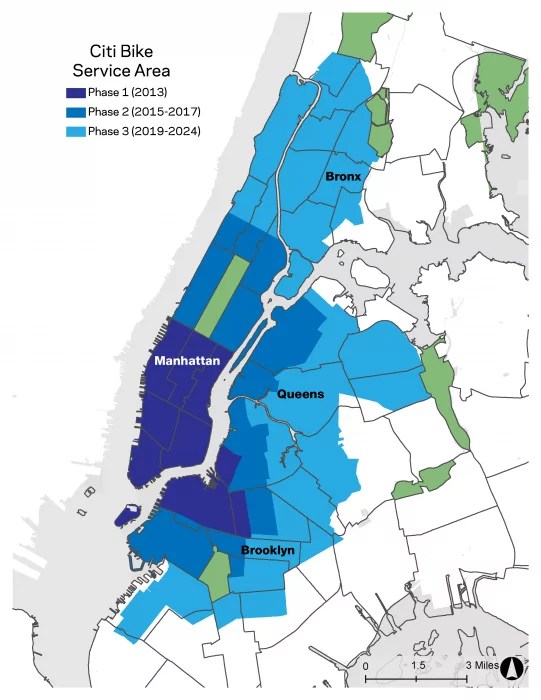
“What we’ve seen is that the company has concentrated its docks in neighborhoods that are already pretty well served by public transportation, but ignored a lot of the transit deserts,” he said.
Later on in the hours-long oversight hearing, Councilmember Althea Stevens, who represents parts of the Bronx where Citi Bike is expanding into, echoed the calls for an overhaul.
“We have a missed opportunity where we could be investing and having a shared bike program led by people from the community and young people, and really have a career pathway,” Stevens said.
“I think that we really need to be exploring those options and making sure that we don’t have monopolies throughout our city that we’re supporting,” the pol continued.
The Citi Bike service area is expanding further uptown, into the Bronx, and into more central Brooklyn and Queens neighborhoods through 2024, but swaths of Gotham remain out of reach.
Citi Bike rolled out in the Big Apple in 2013 and the system now counts as many as 135,000 riders a day.
Lyft has an exclusive right to operate a bike share within the area where it has docks, and one bike advocate said adding another scheme to the mix would risk making riders pay twice for getting from A to B.
“The problem with bringing in other operators is that you’re creating a system where you would have, basically, a two-fare bike share zone,” said John Tomac, a co-founder of the advocacy group Bike South Brooklyn.
The Bay Ridge cyclist said that would discourage riders who want to pedal from, say, Prospect Park to Coney Island by having them switch bikes along the way.
“You’re basically creating a hardship on people who are just trying to make a short, 20-30 minute journey on a bike, basically forcing them to use two bikes,” Tomac said.
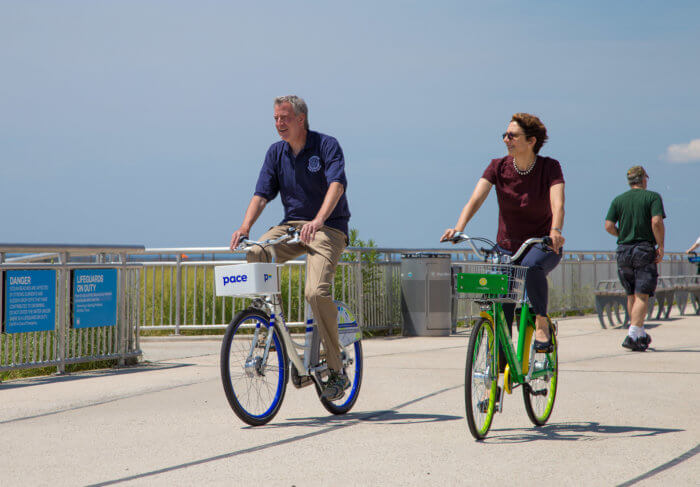
The southern Brooklynite noted that the city has repeatedly tried and failed to add more bike share companies — especially on Staten Island, the only borough without one.
What’s more, by pushing for additional companies, the pols are slowing down moves to simply expand Citi Bike in those areas, the advocate added.
“You have a very popular bike share system that everyone’s familiar with. It’s been around for almost 10 years, and the focus should at this point really be on expanding that to every neighborhood in the city,” Tomac said.
Department of Transportation Commissioner Ydanis Rodriguez acknowledged that the program still had gaps to fill, and also said there shouldn’t be two-fare zones.
“We are seeing a level of expansion, but we are not there where we should be and we should be able to work together,” Rodriguez told the Council. “we need to be sure that we don’t build any second tier for use of the bikes, that we only have one tier and that the service be accessible and affordable for all New Yorkers.”
A Lyft spokesperson said they were proud of the bike sharing system the company set up with the city over the past nine years.
“We are incredibly proud of the public-private partnership with the City of New York that has made Citi Bike the success that it is today,” said Caroline Samponaro, Lyft’s vice president of transit, bikes and scooter policy, in a statement. “Thanks to this partnership, we are in the middle of the largest expansion in Citi Bike’s history, more than tripling the size of the system, which will bring the service to more diverse neighborhoods than ever before.”



